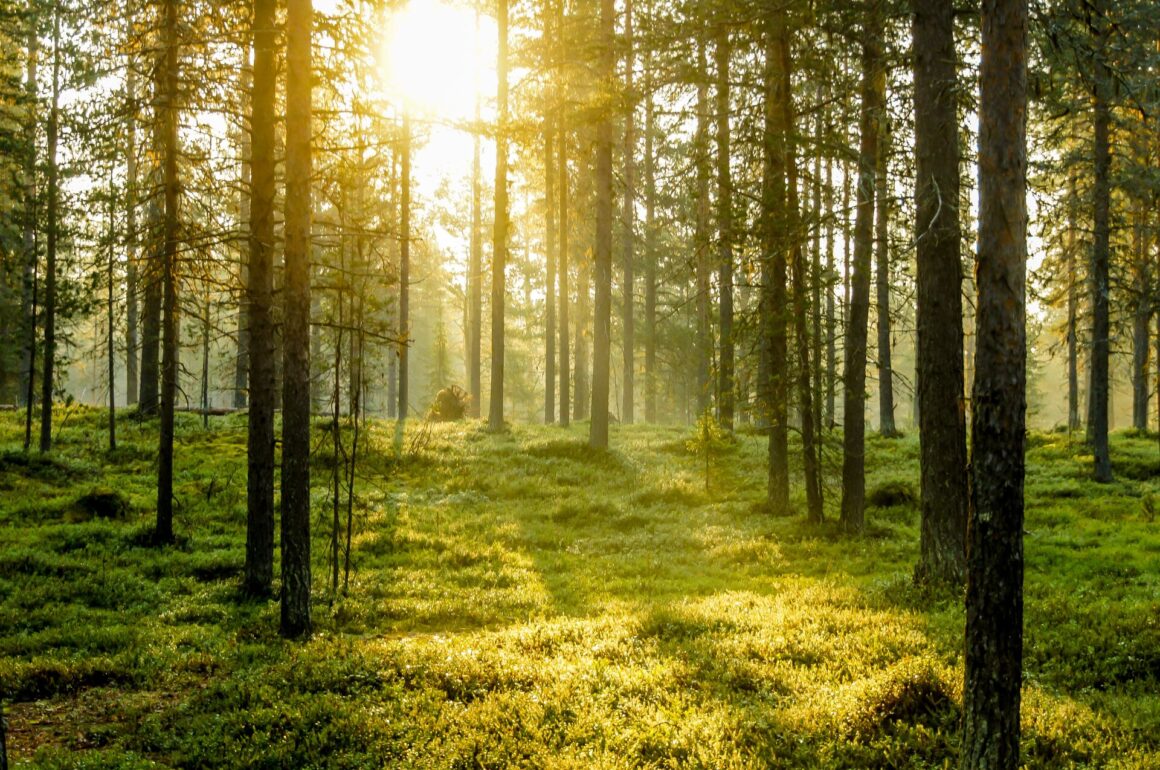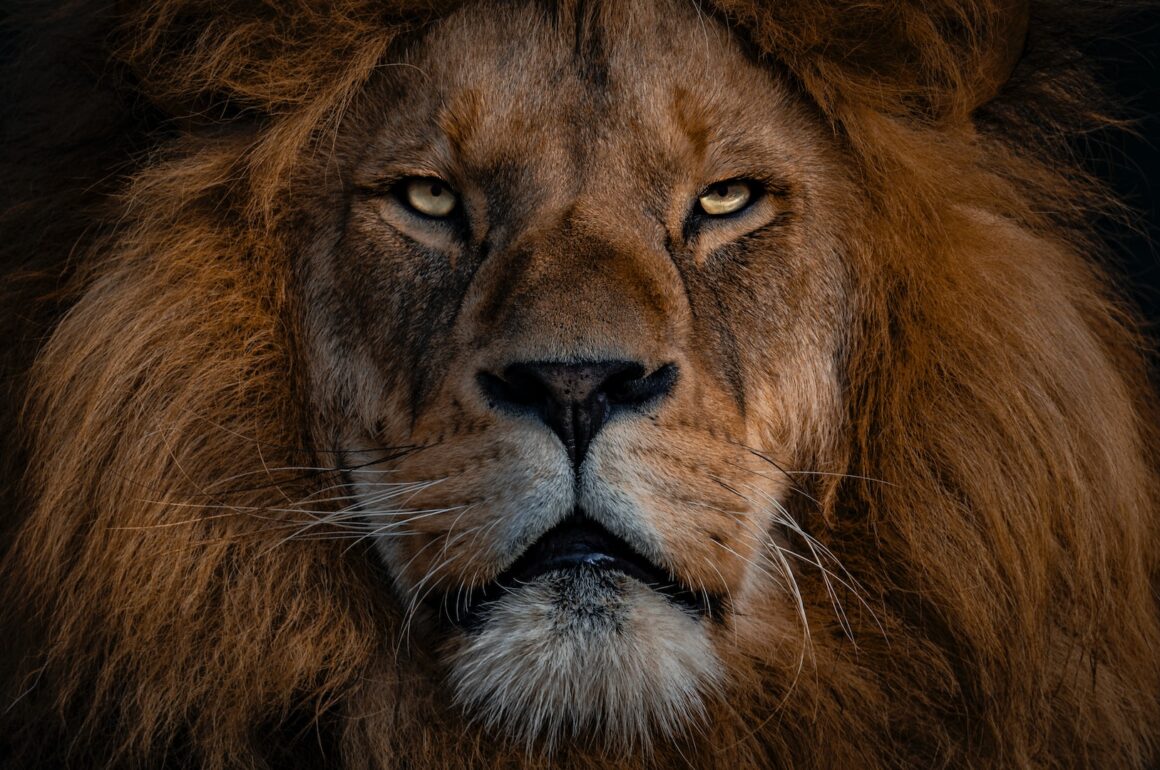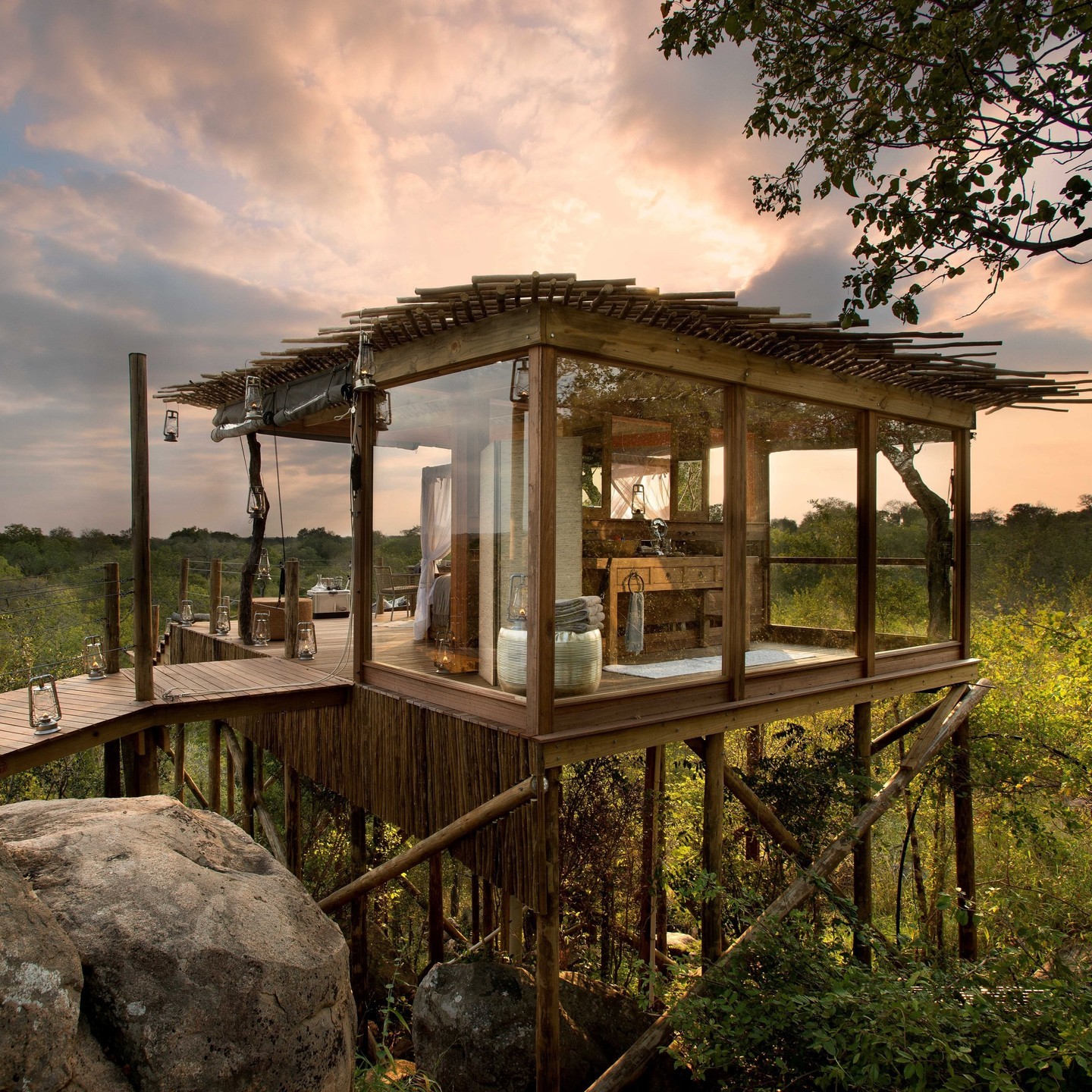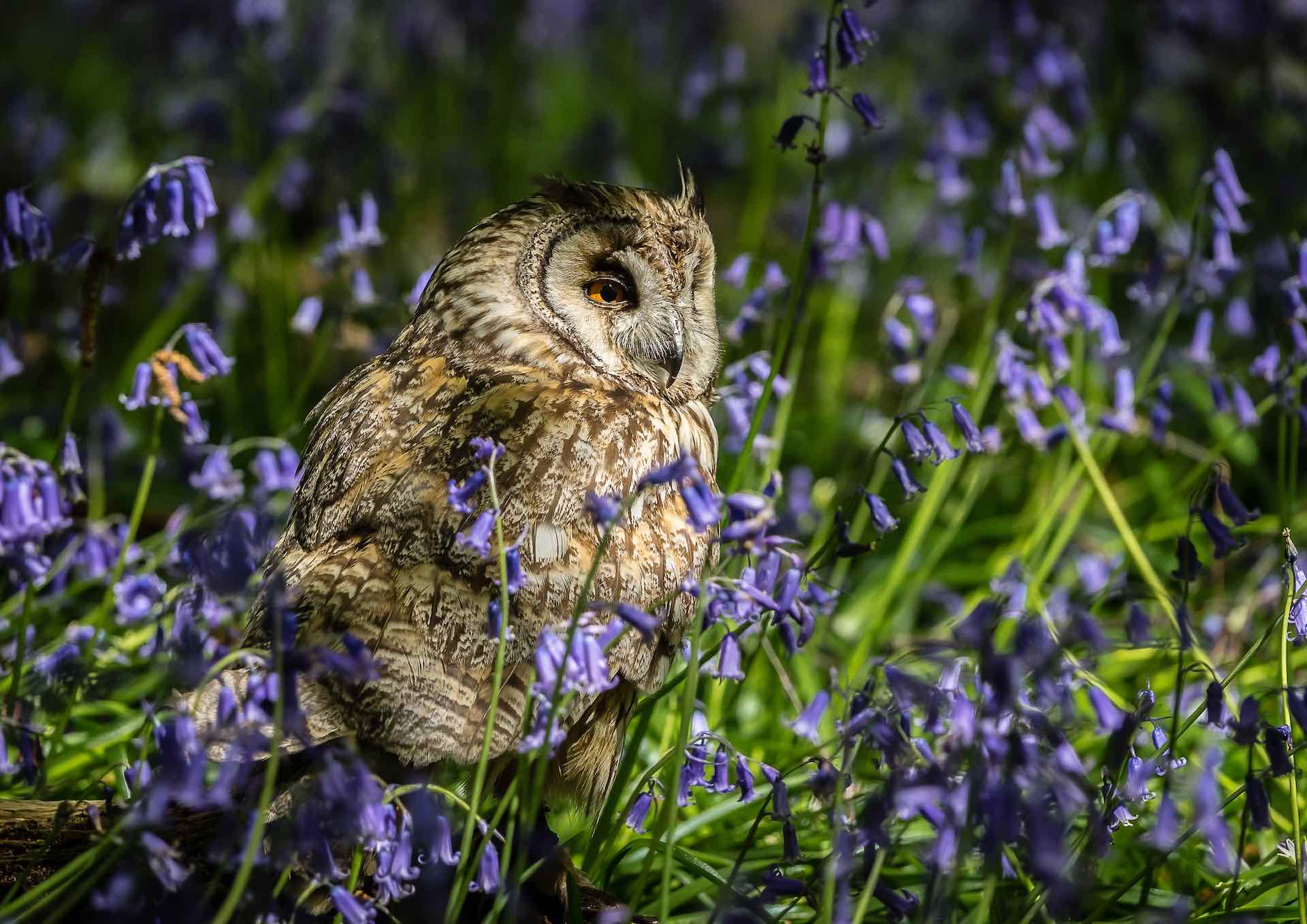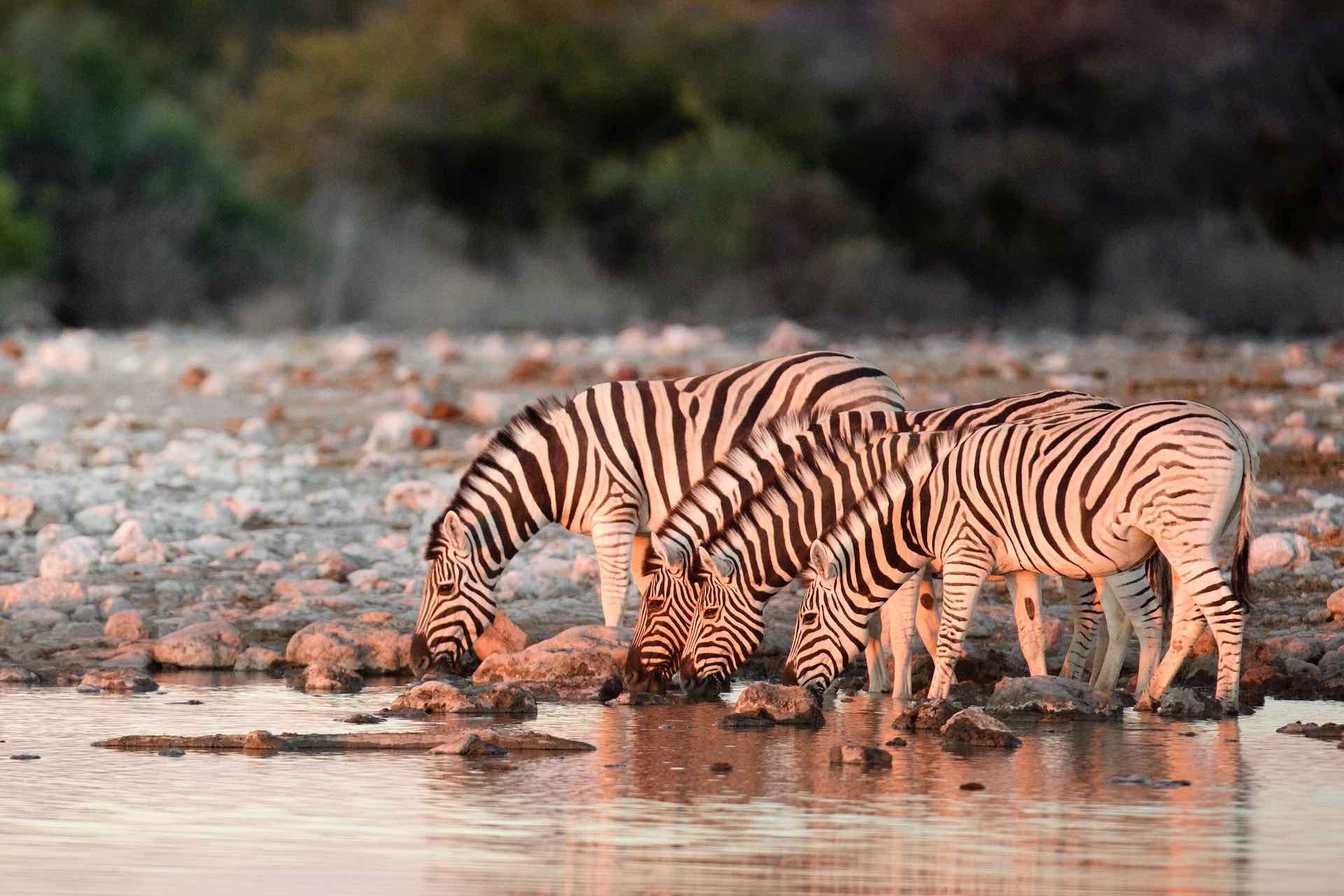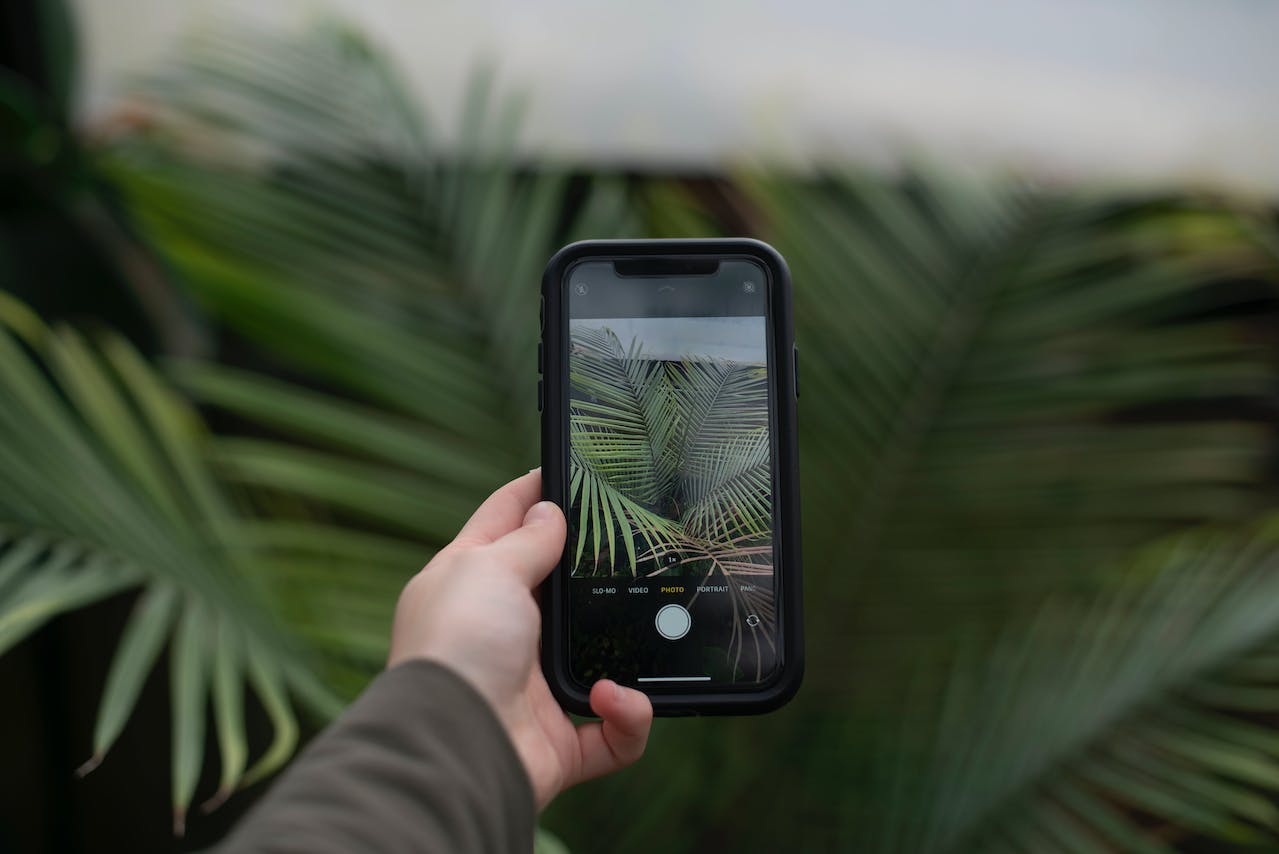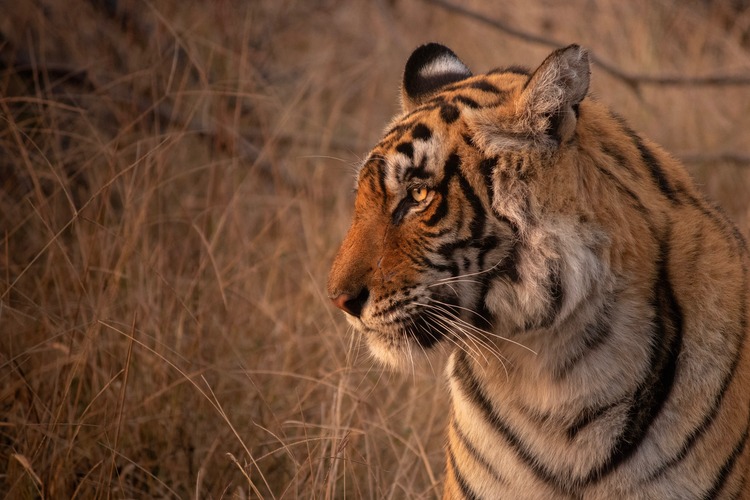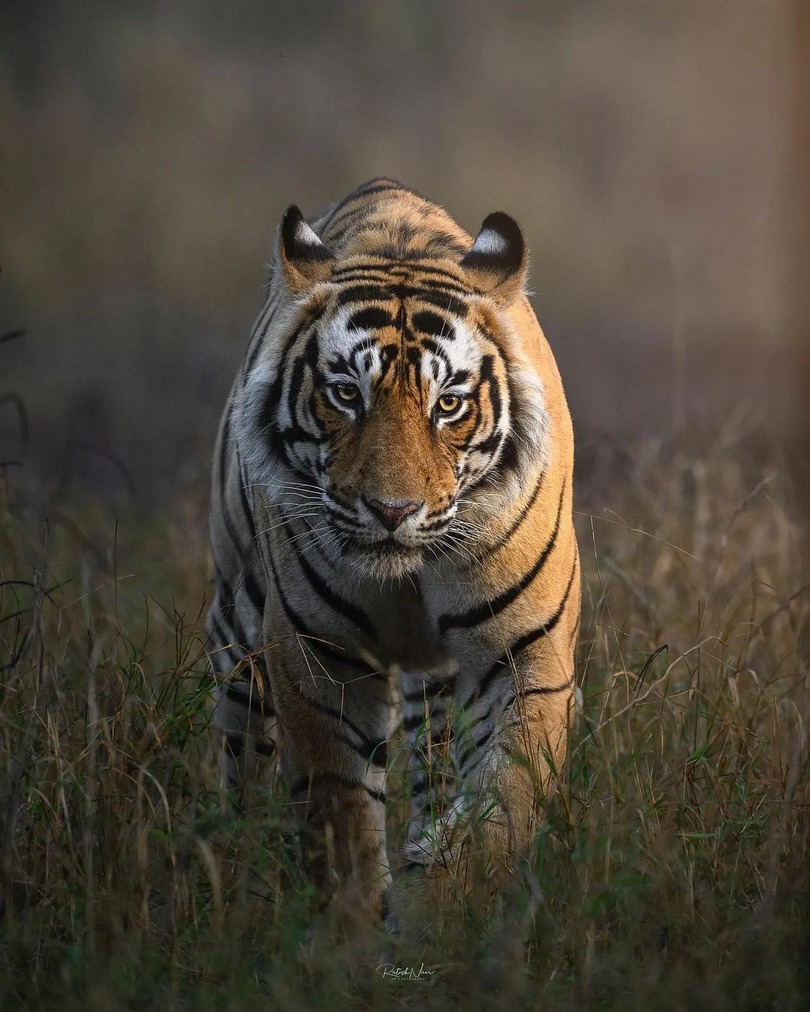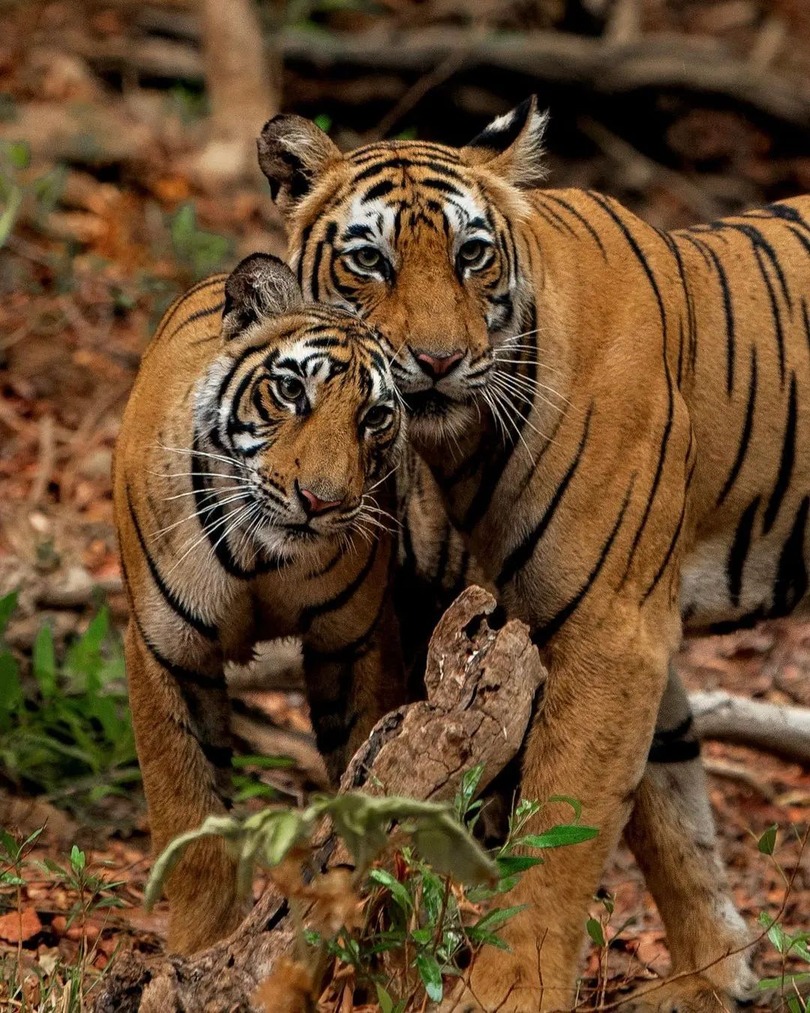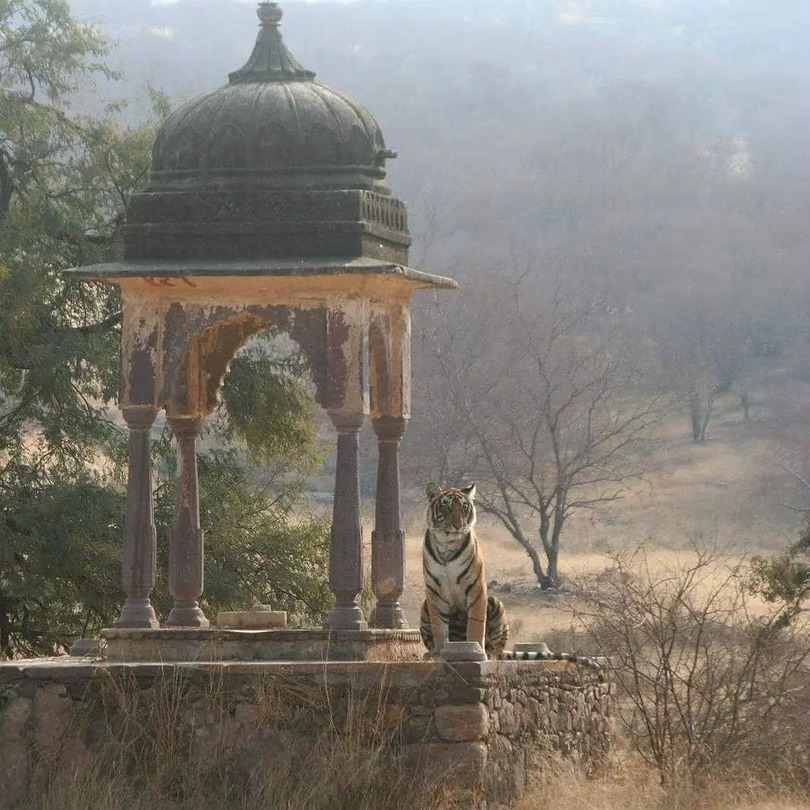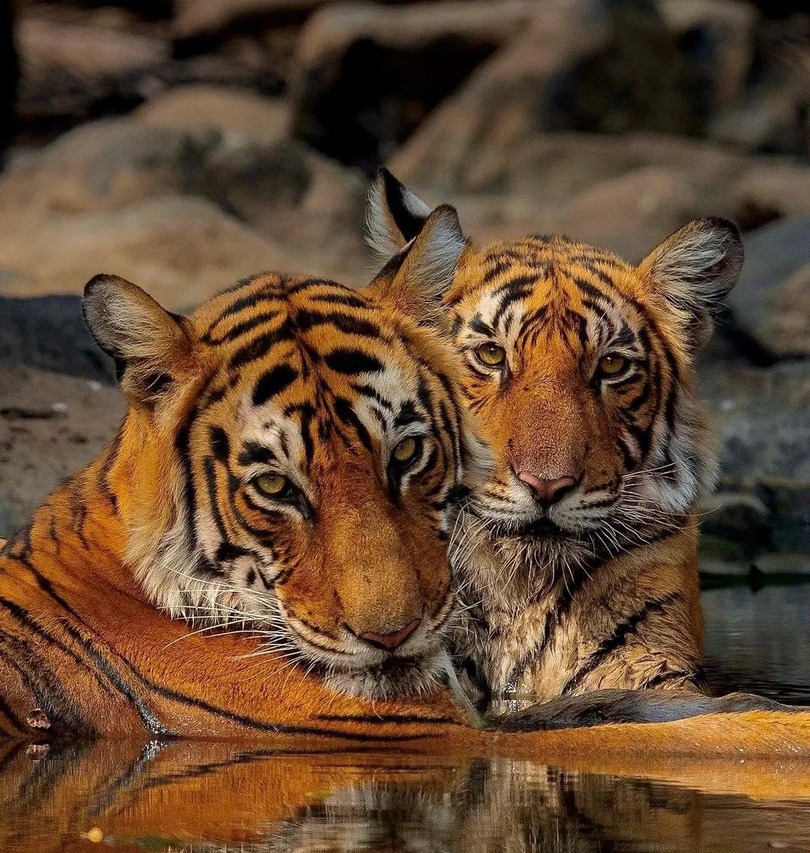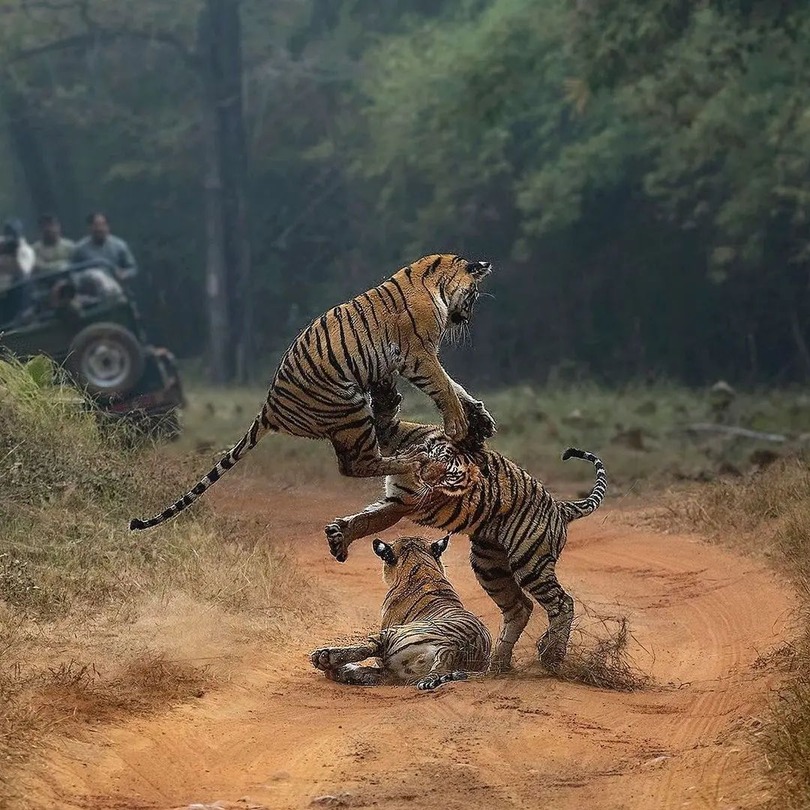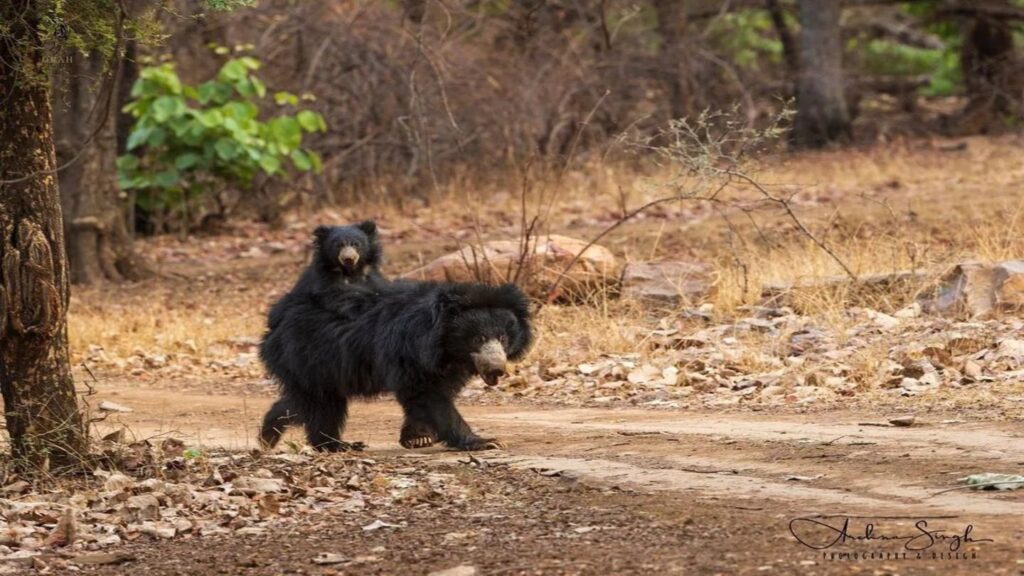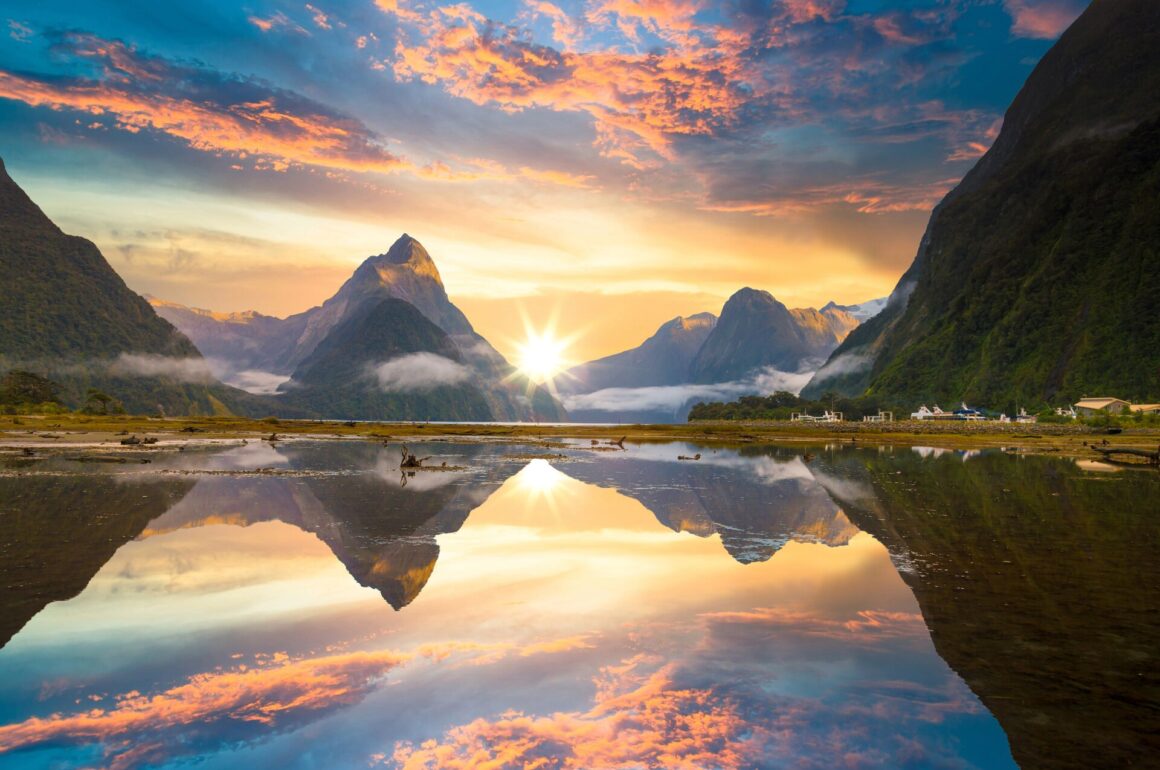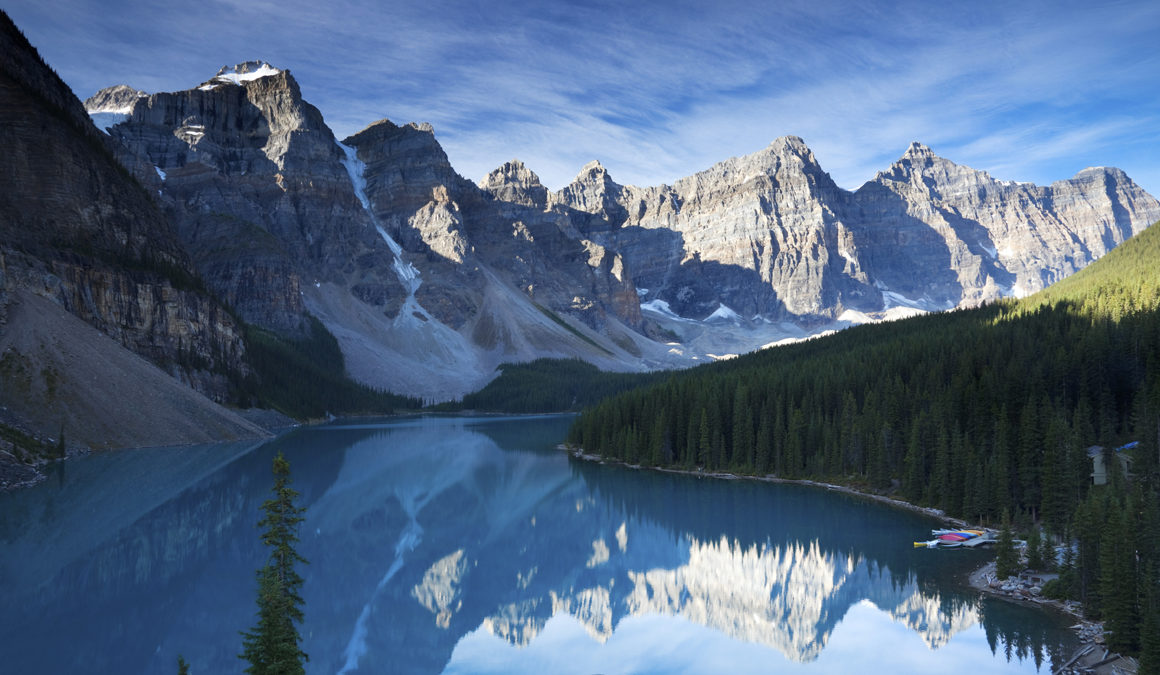Have you ever wondered how luxury travel can mean responsible travel? Welcome to a Luxury Gold journey. Through our MAKE TRAVEL MATTER® Experiences, with your Luxury Gold journey you can make a positive impact on the planet, its people and wildlife, and the communities you visit.
Our MAKE TRAVEL MATTER® Experiences were developed in 2020, in consultation with travel industry experts and set within the framework of the United Nations Sustainable Development Goals (UN SDGs) In our How We Tread Right sustainability strategy we set out the goal of including at least one of these experiences on 50% of Luxury Gold journeys by 2025.
We’re pleased to say that we are way ahead of target, with these exclusive immersive experiences now available on 100% of Luxury Gold itineraries, as detailed in our latest Impact Report. We’ve put together a selection of our MAKE TRAVEL MATTER® Experiences to show you want we are talking about.
Enjoy MAKE TRAVEL MATTER® history with Marta in Italy

When you meet Marta, a fourth-generation weaver preserving this ancient craft in Umbria Italy, you’ll be amazed at her dedication and passion. You’ll also be enjoying one of the first ever MAKE TRAVEL MATTER®Experiences that came into existence for The Travel Corporations family of brands. With meaningful experiences always part of the offer, guests enjoyed meeting Marta so much it was an inspiration behind formalizing the experiences.
A recipient of a TreadRight Foundation grant, Marta’s workshop, the Laboratorio Giuditta Brozzetti, specializes in the medieval Umbrian tradition of loom-weaving. Your visit here supports UN SDGs 5 & 11 – Gender Equality and Sustainable Cities & Communities. The workshop, a highlight of our Ultimate Italy Luxury Gold journey, also actively empowers women and girls through its education and training programs. Through their safeguarding of the unique patterns they’re contributing to the protection of Umbria’s cultural heritage.
Discover the journey: Ultimate Italy
Read more: How We’re Setting the Gold Standard for Sustainable Luxury Travel
Discover a world of sustainable dining at Sweden’s Fotografiskia Restaurant

Phot credit: @fotografiska.food on Instagram
Some MAKE TRAVEL MATTER® Experiences are simply delicious – pair fine dining with helping the planet and what’s not to love.
At the Fotografiska Museum Restaurant in Stockholm, Sweden, savor a delectable and innovative dinner crafted with sustainability in mind. In fact, this establishment holds the prestigious Michelin Sustainability Emblem. Every step of the culinary process is carefully thought out with sustainability in mind, and even the aprons have a part to play – made from an absorbent cotton fabric, when heated they release the CO2 back for use in the bistro’s hydroponic plant garden. Through this dining experience Fotografiska aims to encourage a more mindful and eco-friendly world. Prepare to be dazzled, while also doing your part – this experience supports UN SDG 12 – Responsible Consumption & Production.
Try this on: Timeless Scandinavia
Read more: Alternative dining and CO2 absorbing aprons: welcome to Fotografiska
Save the Kiwi in New Zealand
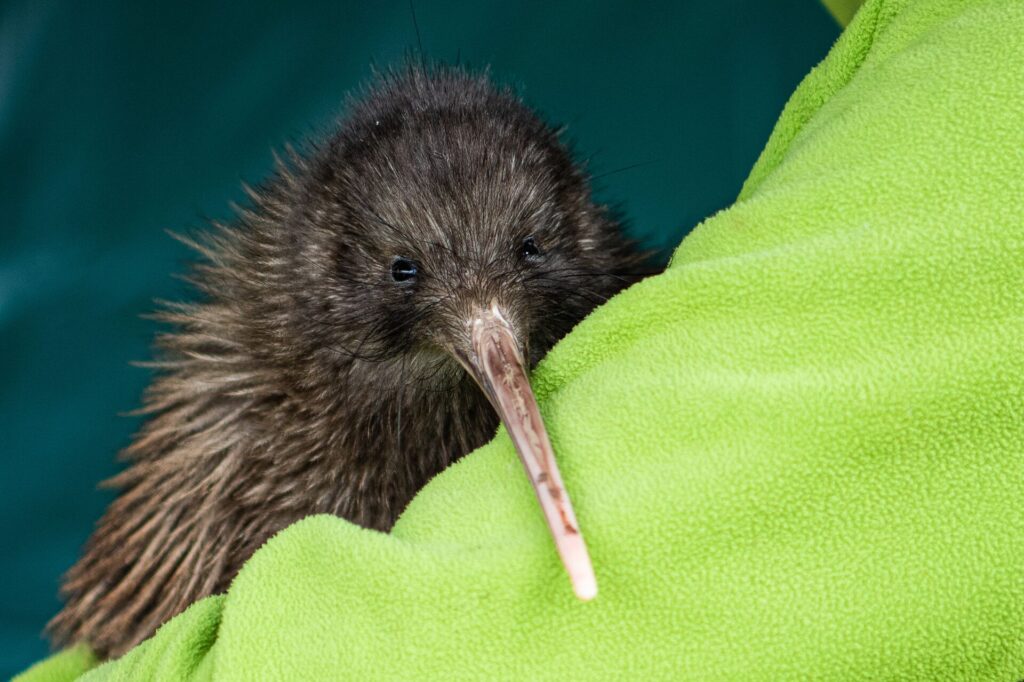
Get up close and personal with wildlife as you go behind the scenes at a Kiwi hatchery in Rotorua. Meet the National bird of New Zealand, hear why its endangered and see first-hand the efforts to restore the population. The hatchery has expanded to become the world’s biggest and most effective facility for hatching kiwis. By successfully incubating and hatching brown kiwi eggs, it has significantly contributed to the North Island kiwi population. In support of UN SDG 15 – Life on Land, this MAKE TRAVEL MATTER® Experience helps to fund the Hatchery and directly contribute to kiwi conservation.
Discover this on: The Long White Cloud
Bookmark for later: This New Zealand Forest Retreat Combines 5-Star Luxury with Sustainability
Reveal nature’s glitz in St Moritz, Switzerland
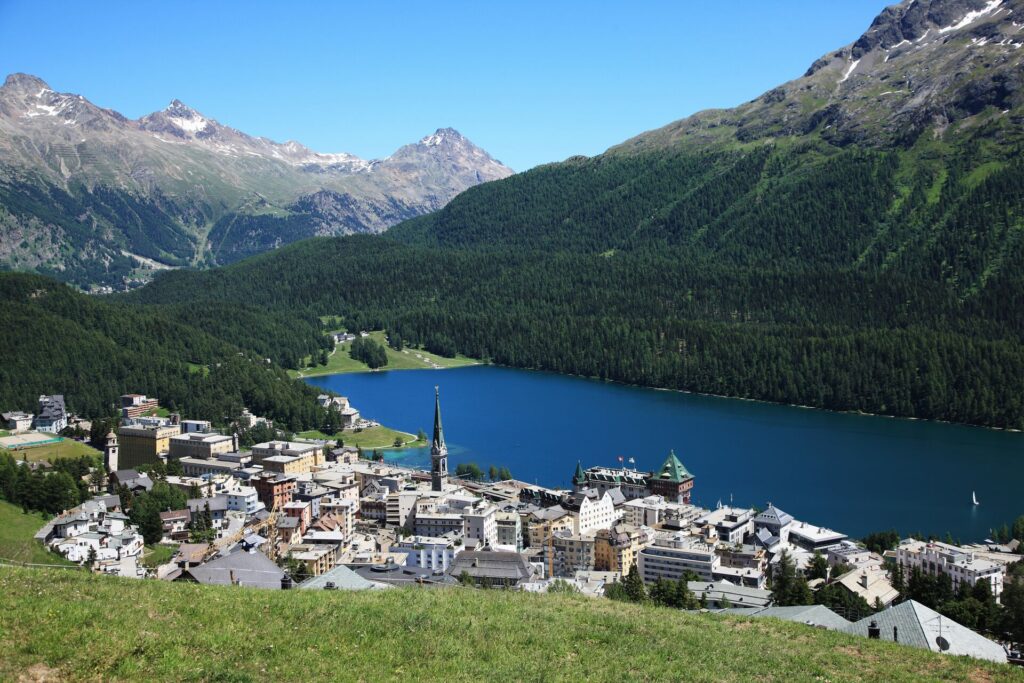
A highlight of the Swiss Alps, St. Moritz is renowned as a playground for the rich and famous, with its opulent ski resorts, upscale shopping and gourmet dining. This Alpine paradise offers a sophisticated blend of breathtaking natural beauty and high-end amenities, making it a premier destination for those seeking an exclusive and indulgent escape.
Guests on a Luxury Gold journey have the opportunity to step away from the glitz and glamor whilst in Switzerland. Meet a local nature guide and choose between a hike or a conservation talk to learn the work they do in raising awareness and preserving the natural environment, in this most picturesque of landscapes. This experience supports UN SDG 15 – Life on Land.
Take the tour: Majestic Switzerland
You may also enjoy reading: Dine, Sleep, Do: How to spend a chic 24 hours in St. Moritz
Embrace South Africa’s past and future

From the iconic Table Mountain in Cape Town to wildlife-rich Kruger National Park, South Africa boasts stunning landscapes, vibrant cultures, sensational cuisine and a complex history. To get deep into the country’s fascinating past, and meet its future, guests will enjoy a visit to the Amy Foundation, during their visit to Robben Island.
On this MAKE TRAVEL MATTER® Experience you’ll see how the lives of vulnerable young people are being transformed through a variety of empowering programmes. This experience furthers UN SDGs 4 & 10 – Quality Education & Reduced Inequalities, both through its actions, and through eduction and awareness.
For unforgettable dinner table conversation, you’ll also join Christo Brand, a former prison guard of Nelson Mandela, for lunch at the Amy Foundation. A global icon of peace and equality, Nelson Mandela dedicated his life to fighting against apartheid in South Africa, and few knew him better than Christo.
Discover this on: Spectacular South Africa
Read about this special relationship in depth: Meet Christo Brand, former prison guard to Nelson Mandela
Sip French wine, in harmony with nature
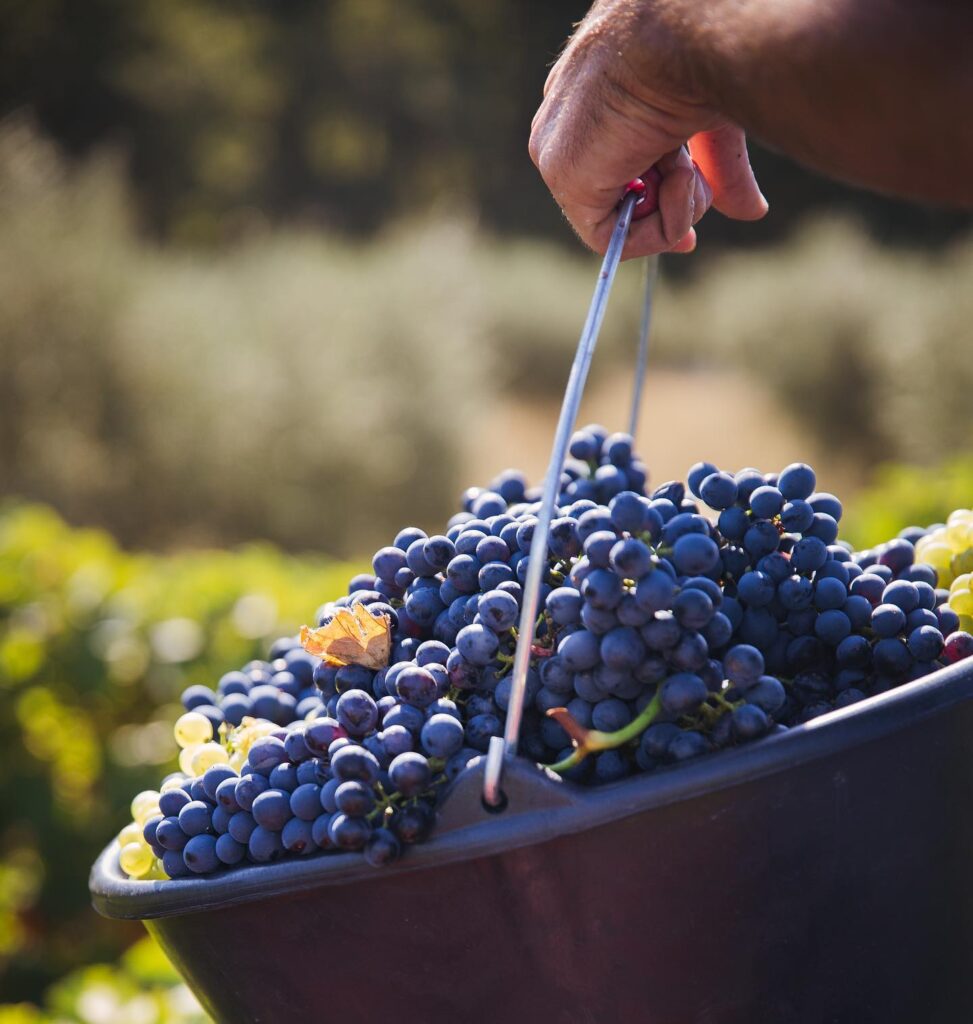
Photo credit: @chateaulacoste on Instagram
Described as a ‘futuristic wine producer,’ a visit to Château La Coste in Puy-Sainte-Réparade, France will tantalize more than just the taste buds. In 2009, the wines of Château La Coste were labeled “Organic Agriculture”, a label which recognizes respect for the land as well as the methods, in perfect harmony with nature. The estate is also a showcase for the most fascinating sculptures and modern art installations.
On this MAKE TRAVEL MATTER® Experience you’ll sample the estate’s organic wines, learn all about their viticulture and visit their one-of-a-kind contemporary wine cellar. Your tasting experience supports SDG 12: Responsible Consumption and Production.
Take a sustainable sip on: Ultimate Southern France
Bookmark for later: Sophisticated and Stylish: why Southern France is Unmissable
Join the Warrior Women in Canada

Jasper National Park in the Canadian Rockies is a pristine wilderness paradise renowned for its majestic glaciers, turquoise lakes and abundant wildlife. Here you will meet the First Nations Warrior Women, to discover the history of the lands since time immemorial.
Share an evening by the fireside on this exceptional Luxury Gold journey. Over a home cooked barbecue dinner share in storytelling, drumming and songs and immerse yourselves in Indigenous culture. The experience addresses SDG: 10 by reducing inequalities for minorities or underrepresented people.
Meet the Warrior Women on: Majesty of the Rockies
For an in depth read: Uncovering Indigenous history with Canada’s Warrior Women
Enjoy the flutter of wings at Parque das Aves in Brazil
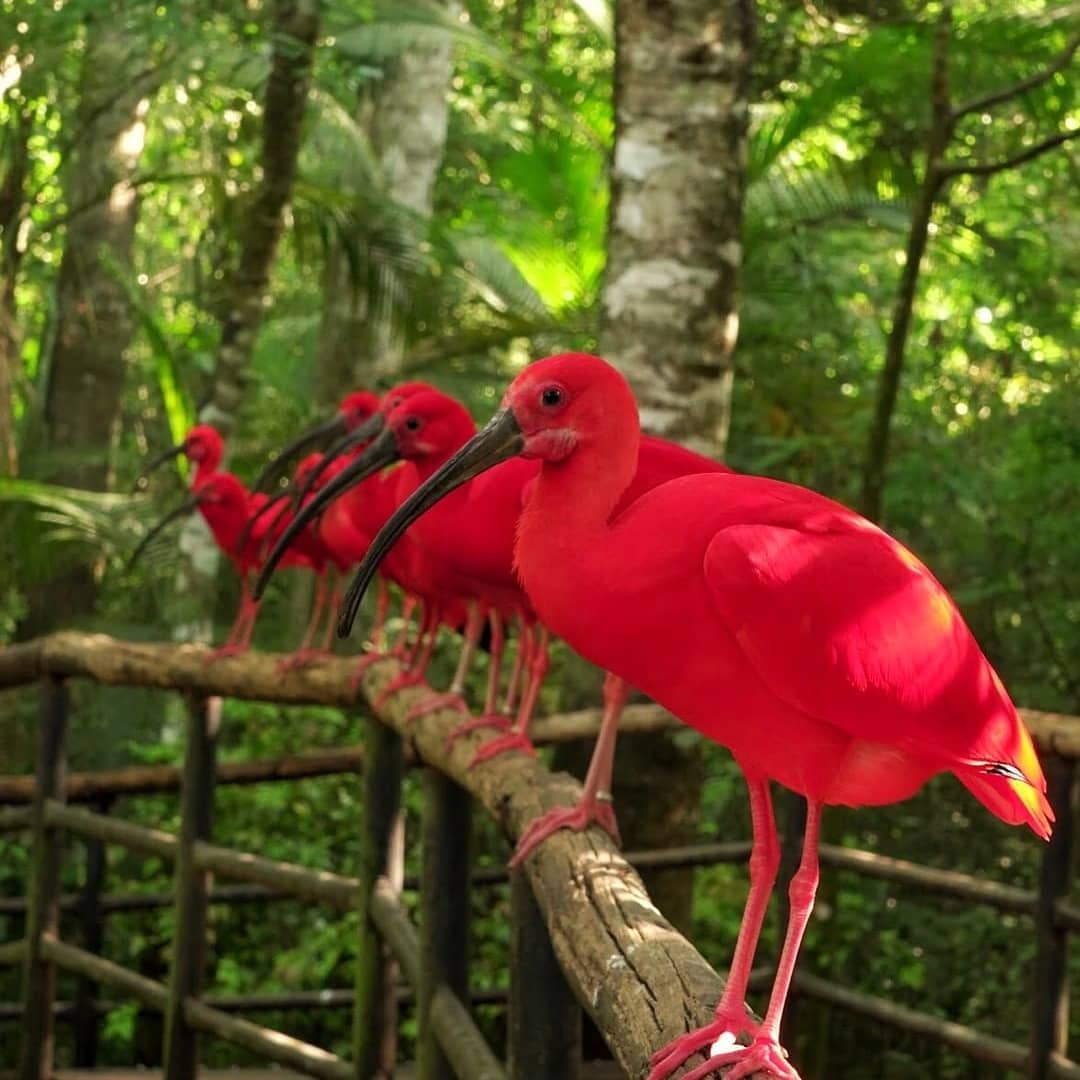
Photo credit: @parque_das_aves on Instagram
Nearby the thundering Iguassu Falls on the Brazilian side, we invite you to join a MAKE TRAVEL MATTER® Experience at the colorful Parque das Aves or Bird Park. An integrated conservation center for birds of the Atlantic Forest and is home to 120 species of birds, including hummingbirds, hawks, toucans and parrots. Through your visit you are contributing to supporting the future of these species, and enhancing UN SDG 15 – Life on Land.
See the birds for yourself: Classic South America
You may also enjoy reading: Step inside Peru’s blissful Inkaterra Machu Picchu Pueblo Hotel
Our Impact Report at a glance
Protecting our planet, its people and wildlife has always been at the heart of our journeys. And we’ve made some big commitments as part of our 5-year sustainability strategy How We Tread Right, across climate action, sustainable food production, responsible consumption, diversity, equity and inclusion, and animal welfare.
Today we’ve released our third annual Impact Report, so you can see how we’re progressing against our goals and how we are making a difference. Here’s some of our progress at a glance:
Goal 1 – Achieve Net Zero by 2050: Invested $1,880,553 from our Carbon Fund in 13 decarbonization projects and said ‘no to more stuff’ – replacing branded merchandise with donations to nature-based solutions – preventing 6.5 million car-driven miles worth of carbon emissions from entering the atmosphere annually.
Goal 4 – Increase use of local and organic products in our supply chain by 2025: Offered one local dining experience on 100% of our itineraries, where key ingredients are sourced within a 30–50-mile radius.
Goal 6 – Eliminate as many unnecessary single-use plastics from our operations and itineraries: Removed all single-use plastics related to Covid-19 measures from our operations + worked with supplies to utilise water tanks to refill reusable water bottles.
Goal 7 – Include at least one MAKE TRAVEL MATTER® Experience on 50% of our itineraries by 2025: We have at least one MAKE TRAVEL MATTER® Experience on 100% of itineraries, with 36 in total across the collection.
Goal 10 – Complete 30,000 volunteer hours by 2025: Our teams completed 10,862 volunteer hours in 2023 – helping us reach 83% of our goal.



